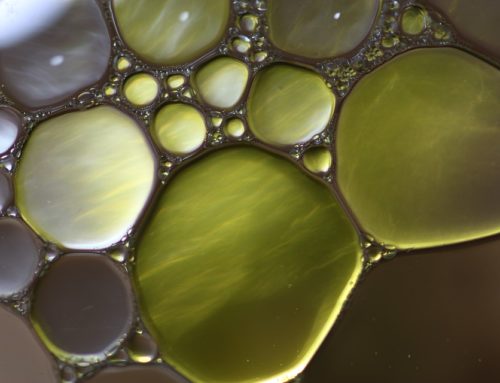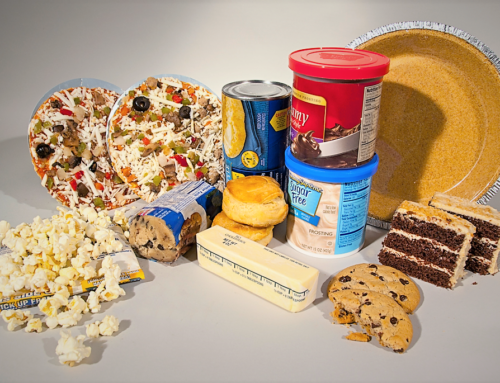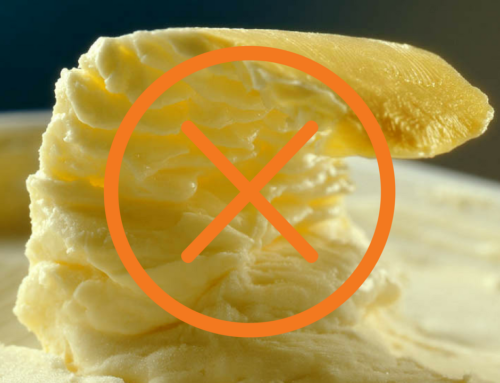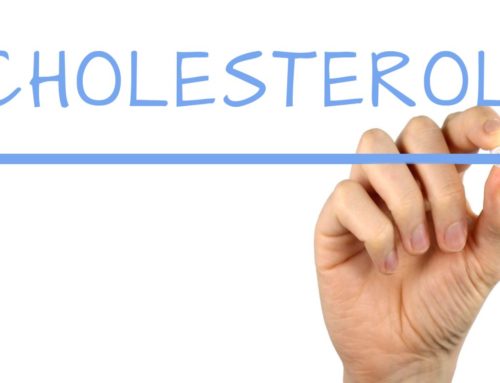Fat or oil? What’s the difference?
There is no difference between either. Fat is the solid form of oil and oil is the liquid form of fat. This is all related to the melting temperature of the oil or fat. Olive oil is liquid at room temperature while cocoa butter is solid at room temperature. Olive oil will solidify when placed in the refrigerator and cocoa butter turns into liquid oil when heated above 36°C. Thus for example the melting temperature of coconut oil is around 25°C. Coconut and red palm oil are liquid at body temperature.
What are the different types of fats?
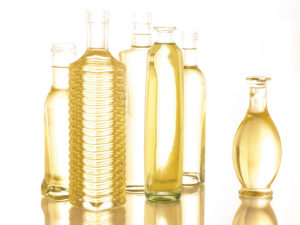 Doctors often use the term ‘lipids’ when referring to fats. A lipid is the generic term for all fatty components. Every natural and untreated fat has a unique composition and unique properties. Fats can be categorized according to several criteria. The three most frequently used criteria by scientists, to categorize the most prevalent fats, i.e. triglycerides, are the measure of saturation, the length of the fatty acid chains and the omega family. Another important fact is that no natural fat or oil can be fully categorized in one single group. Fats such as olive oil or coconut oil naturally always contain a composition of different types of fats. That was the way nature intended it to be. If oil is heavily refined and fractioned, as is for instance the case with fish oil, then one type of fatty acid, such as EPA for example, can be derived from oil. But the reader should know that nature and evolution did not intend for it to be this way. Several good components are lost during this process (see supra). The whole is better than its individual parts. Someone who is strong for example has a lot of muscles. But what are muscles if they are not supported by strong bones. The whole is thus better than the part.
Doctors often use the term ‘lipids’ when referring to fats. A lipid is the generic term for all fatty components. Every natural and untreated fat has a unique composition and unique properties. Fats can be categorized according to several criteria. The three most frequently used criteria by scientists, to categorize the most prevalent fats, i.e. triglycerides, are the measure of saturation, the length of the fatty acid chains and the omega family. Another important fact is that no natural fat or oil can be fully categorized in one single group. Fats such as olive oil or coconut oil naturally always contain a composition of different types of fats. That was the way nature intended it to be. If oil is heavily refined and fractioned, as is for instance the case with fish oil, then one type of fatty acid, such as EPA for example, can be derived from oil. But the reader should know that nature and evolution did not intend for it to be this way. Several good components are lost during this process (see supra). The whole is better than its individual parts. Someone who is strong for example has a lot of muscles. But what are muscles if they are not supported by strong bones. The whole is thus better than the part.
Saturated, mono-unsaturated and polyunsaturated fats
This classification is based on the number of hydrogen atoms, which are missing in fatty acids and the number of double bonds that they will have as a result. The fatty acid molecule is most sensitive to reaction in these bonds. Unsaturated fats will easily provoke positive or negative reactions here. For example they are responsible for the electric conduction of the cells, which is positive. But they are also easily attacked here by free radicals and can provoke a chain reaction of ageing(oxidation). Mono-unsaturated fatty acids lack hydrogen atoms in one location and have one double bond, while polyunsaturated fatty acids lack hydrogen atoms in several locations and display several double bonds. The more unsaturated a fatty acid is, the more unstable and reactive that it will be. In other words the more reactions that it can provoke, and the higher the chance of it being attacked and damaged. One big advantage of saturated fats is that they do not lack any hydrogen atoms and thus have no double bonds. Because they do not have these double bonds, they are considered to be more stable fats that are not so susceptible to oxidation.
Now you need all three types of fats. You might say that saturated fats can be loyal partners. But for an interesting and satisfying relationship you also need polyunsaturated fatty acids. In other words: saturated fats signify stability and ensure a balance (homeostasis) in your body. And it is wise to state that the unsaturated fats and certainly the polyunsaturated fats contribute to your vitality. Saturated fats are the roof and walls of your house. Mono-unsaturated fats are the windows. And the polyunsaturated fats are the doors. It is safe inside the house. If you open the window, then you will have fresh air, but you will also be letting insects in, which means that you might be bitten. If you step out, you can also have fun. You can go jogging, but you might also be driven over. The moral of this story: You need saturated, mono-unsaturated as well as polyunsaturated fats.
Omega 3,6,7,9 …?
This classification of unsaturated fatty acids is determined by the location(s) of the double bond(s). The number after the omega indicates where the first double bond in the fatty acid can be found, starting from the fat’s methyl side. Omega-3, omega-6, omega-7 or omega-9 thus means that the first double bond is found after the 3rd, 6th, 7th or 9th carbon atom. Omega3 and omega-6 fatty acids are always polyunsaturated fatty acids, while omega-7 and omega-9 fatty acids are always mono-unsaturated fatty acids. They have different functions. For more information about omega fatty acids, please refer to my book ‘why omega 3/6?’
The difference between short, medium and long chain fatty acids. How are fats incorporated in our metabolism?
We chew our food and mix it with digestive enzymes in our mouth. Our mouth will then send a signal to the brain to prepare the digestion of fat. In the stomach the fatty acids are separated from the proteins and the carbohydrates. The actual digestion takes place in the top part of the intestine. There is an essential difference between short and medium chain fatty acids on the one hand and long chain fatty acids on the other hand as regards the duration and the manner in which they are digested.
Short and medium chain fatty acids
These fatty acids are already absorbed in the top part of the intestine and are then transported to the liver via the vena portae or portal vein. They are transported via the proteins in our blood (certain albumins). They are digested just as fast as carbohydrates, because they are tiny molecules. They are used in first instance as energy and barely have the chance to be stored as fat. You can find them in coconut and palm kernel oil.
Long chain fatty acids
The digestion of long chain fatty acids is much more complex. Fats (triglycerides) with long chain fatty acids are not water-soluble. The liver firstneeds to produce bilious acid (which are stored in the gall) to emulsify fats, i.e. to divide them in small parts. The pancreas then releases lipase enzymes, to digest the fats, which will break down the long chain fatty acids into smaller units: Glycerol and free fatty acids. These are then absorbed via the lymph vessel and regrouped into triglycerides. These then need to be bonded to a lipoprotein (formation of chylomicrons) and then transported to the liver or other tissue.
It will take 6 to 8 hours before the body can use long chain fatty acids. These fatty acids are used as body fat first and then as energy.



